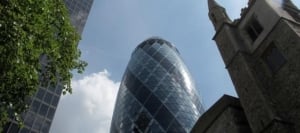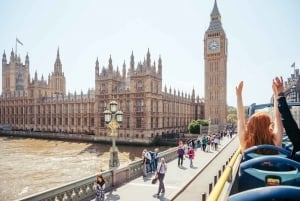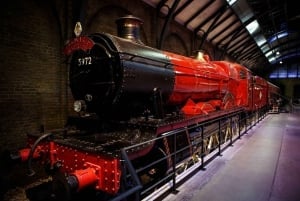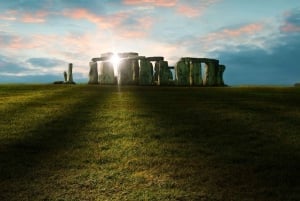The City of London.
Looking at it now, it’s hard to imagine that The City of London, dominated by sky-scraping steel and glass architecture, is the oldest region of the capital. Although it only occupies a tiny area (it’s also known as the ‘Square Mile’), this is the central core from which the rest of London evolved.
Now best known for being the financial powerhouse of the both the United Kingdom and the world, The City was first established as a modest, riverside trading port by the Romans 2,000 years ago. Remarkably, fragments of this history remain, most notably in the crumbling segments of London Wall.
There is little in the way of ‘attractions’ in the midst of the skyscrapers, but a visit to the area on a Sunday can make for a great stroll, when the streets are eerily quiet and devoid of pacing suits.
Scattered around the new buildings, however, are some of London’s top draw cards, such as Christopher Wren’s magnificent St Paul’s Cathedral, and the 1,000 year old Tower of London, a castle constructed by William the Conqueror and home to the Crown Jewels.
Also in the area is the Museum of London (free), which charts the city’s history from prehistoric times to the present day.
For shopping, look no further than Leadenhall, a restored Victorian food market and a brilliant place to score some top quality fare at a fraction of the normal price. Even if you’re not hungry, the building itself is well worth an hour of your time; built in 1881, it’s a gaudy masterpiece.
Tube: Aldgate, Bank, Cannon Street, Liverpool Street, St Paul’s, Tower Hill
Have a look at what you can typically expect to see when taking a stroll round the City of London:














